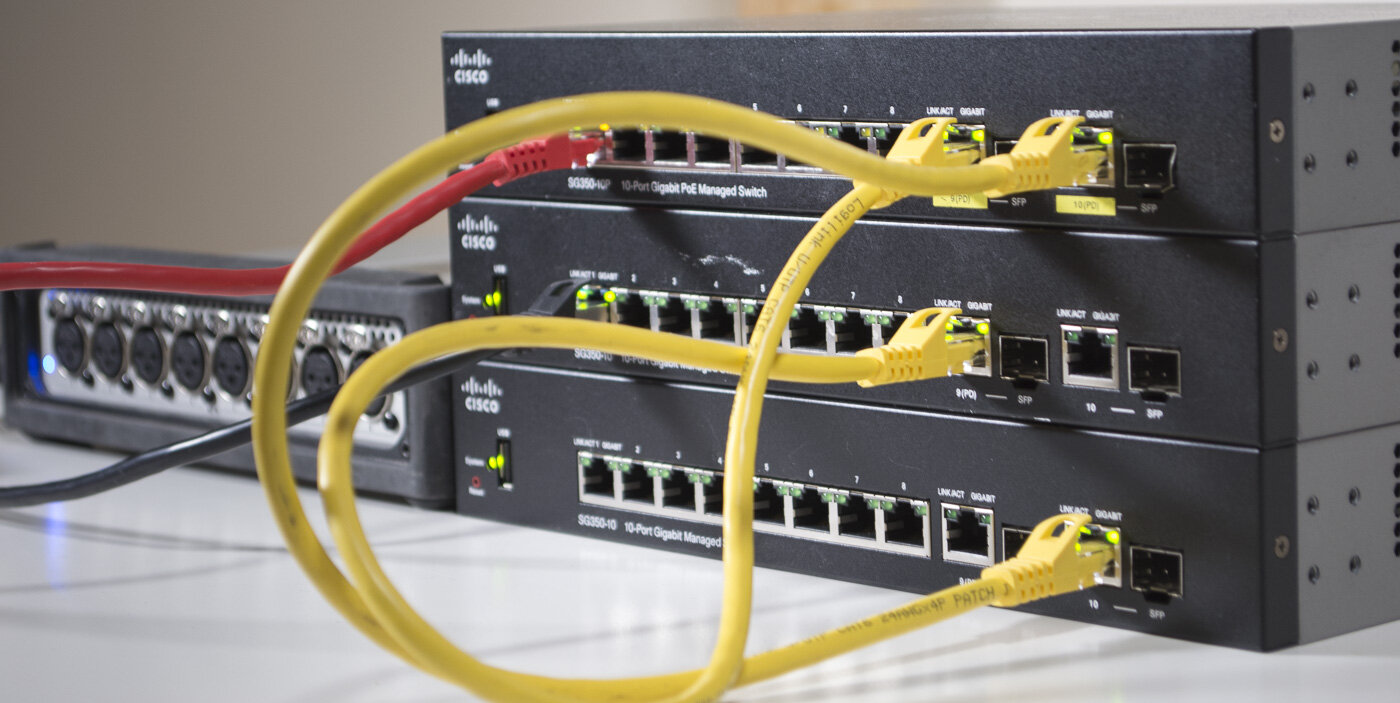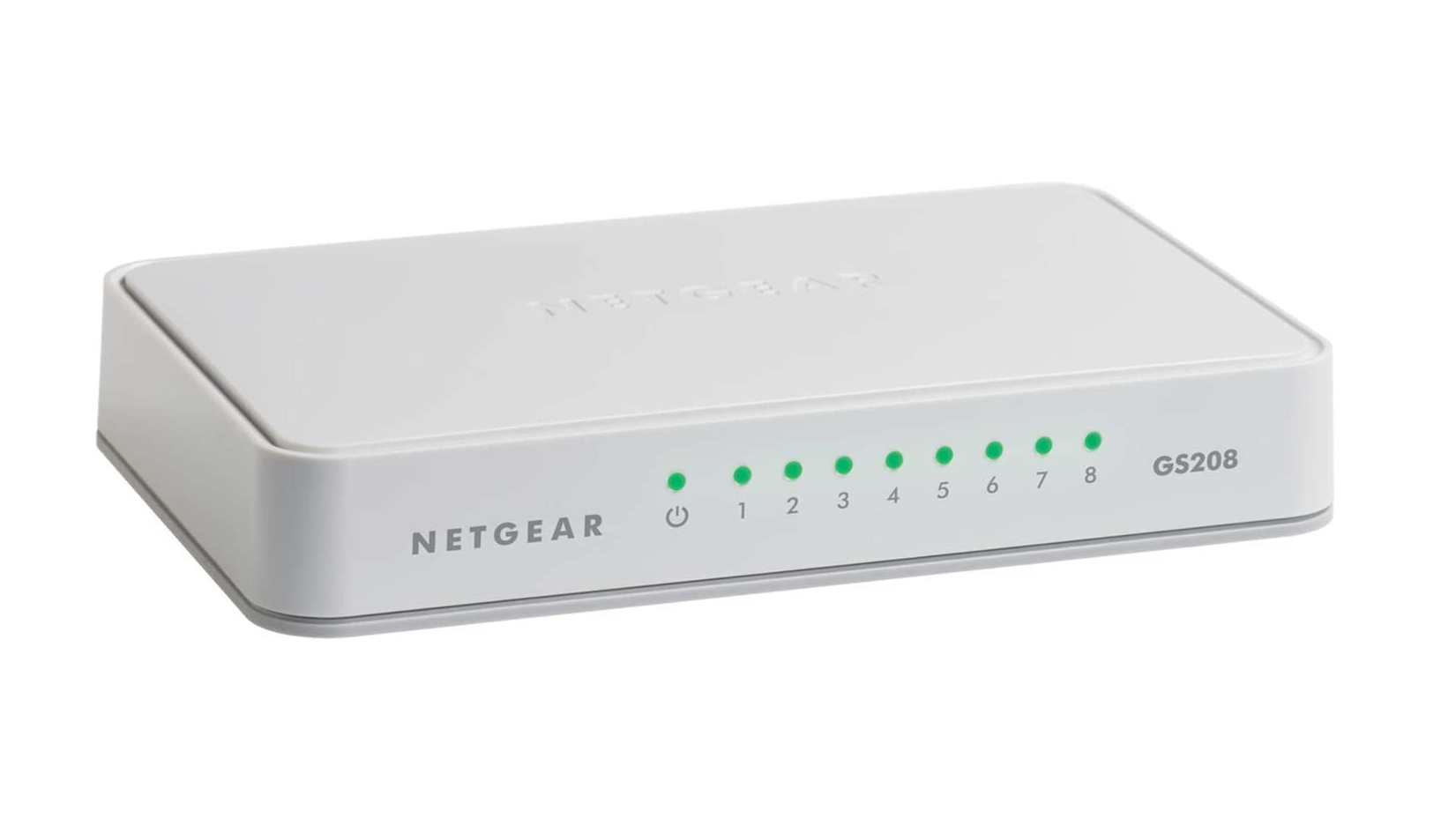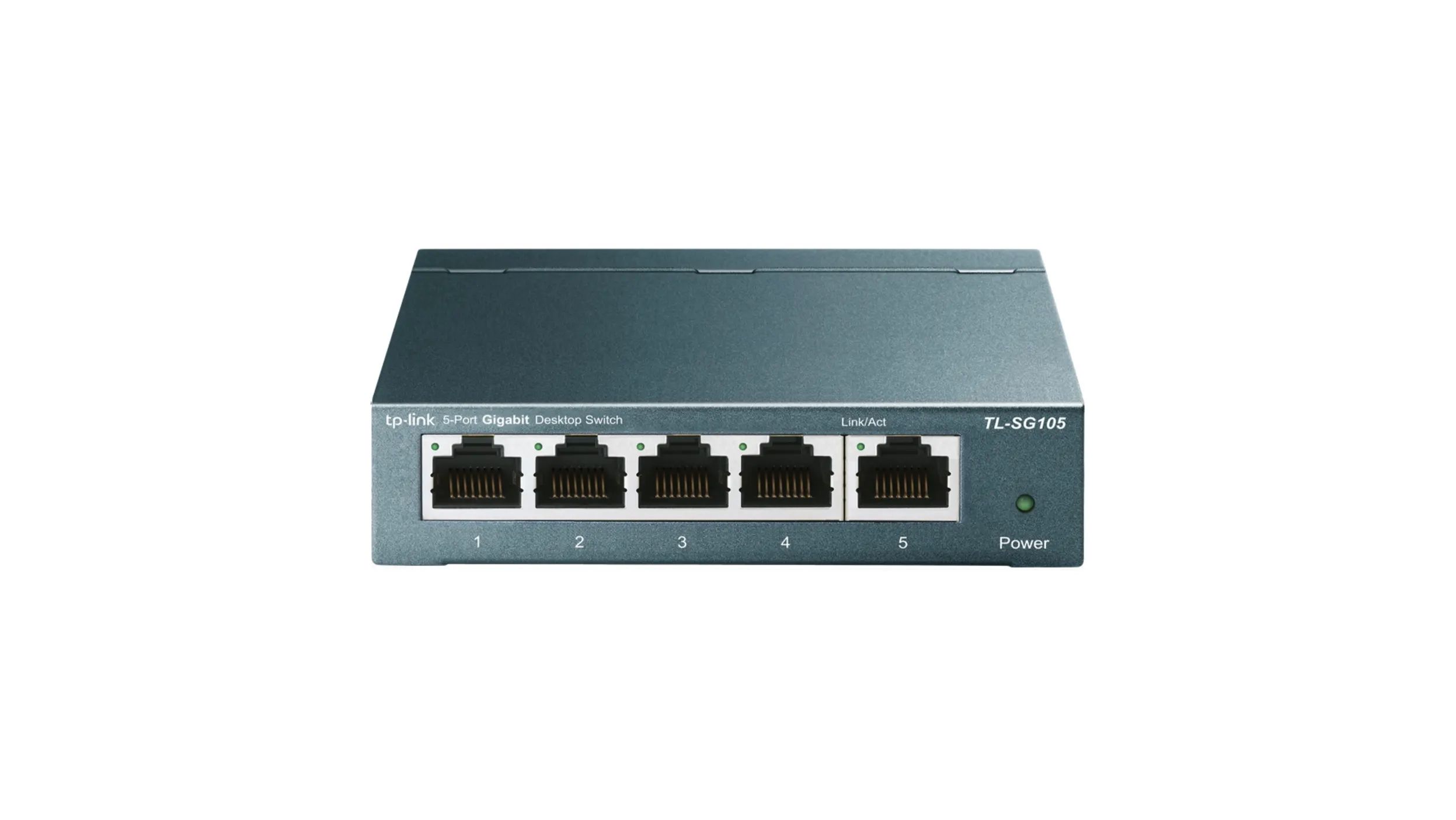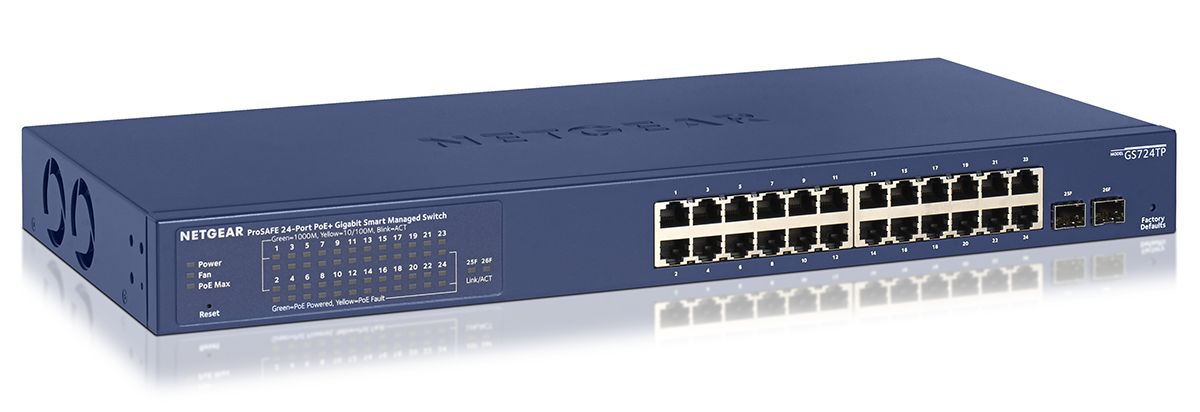Introduction
Understanding the intricate workings of network switches and their integration with Dante technology is crucial in the realm of modern audio networking. As technology continues to advance, the demand for efficient and reliable audio networking solutions has surged, making it imperative for professionals in the audio industry to grasp the fundamentals of network switches and their collaboration with Dante.
This article delves into the synergy between network switches and Dante, shedding light on the pivotal role of network switches in facilitating the seamless operation of Dante audio networking. By exploring the intricacies of network switches and their integration with Dante, readers will gain valuable insights into the inner workings of these technologies, empowering them to make informed decisions when implementing audio networking solutions.
The subsequent sections will elucidate the essence of network switches, expound on their synergy with Dante, and delineate the benefits of leveraging network switches in conjunction with Dante technology. By delving into these aspects, readers will acquire a comprehensive understanding of the pivotal role played by network switches in the realm of Dante audio networking. Let's embark on this enlightening journey to unravel the intricacies of network switches and their collaboration with Dante technology.
What is a Network Switch?
A network switch is a fundamental component of modern networking infrastructure, serving as a pivotal device that enables the interconnection of multiple devices within a local area network (LAN). Unlike traditional hubs that indiscriminately broadcast data to all connected devices, a network switch intelligently forwards data only to the intended recipient, optimizing network performance and bandwidth utilization.
At its core, a network switch operates by utilizing the Media Access Control (MAC) addresses of connected devices to efficiently direct data packets to their respective destinations. This process occurs at the data link layer of the OSI model, where the switch analyzes the destination MAC address of incoming data and forwards it to the specific port associated with the corresponding device, thereby facilitating direct and targeted communication.
Network switches are available in various configurations, including unmanaged, managed, and fully managed switches, each offering distinct levels of control and functionality. Unmanaged switches are plug-and-play devices that operate without user intervention, making them ideal for small-scale deployments. In contrast, managed switches provide advanced features such as VLAN support, Quality of Service (QoS) prioritization, and network monitoring capabilities, offering enhanced control and customization options for network administrators.
Fully managed switches represent the pinnacle of switch technology, boasting extensive management features, security protocols, and advanced networking capabilities. These switches are commonly utilized in enterprise environments and data centers, where robust network management and granular control are paramount.
Furthermore, the evolution of network switches has led to the emergence of Power over Ethernet (PoE) switches, which integrate power and data transmission over a single Ethernet cable, simplifying the deployment of network-connected devices such as IP cameras, wireless access points, and Voice over Internet Protocol (VoIP) phones.
In essence, a network switch serves as a cornerstone of modern networking infrastructure, facilitating efficient and secure communication between devices within a local network environment. Its ability to intelligently manage data traffic and optimize network performance makes it an indispensable component in the realm of audio networking, particularly when integrated with Dante technology.
How Does Dante Work with a Network Switch?
Dante, developed by Audinate, is a leading audio-over-IP networking solution renowned for its high-performance, low-latency, and interoperable capabilities. When integrated with a network switch, Dante leverages the switch’s functionality to establish a robust and scalable audio networking infrastructure.
At its core, Dante operates by encapsulating audio data into Ethernet packets, enabling seamless transmission over standard network infrastructure. When deployed in conjunction with a network switch, Dante leverages the switch’s ability to intelligently route and prioritize data traffic, ensuring the efficient and reliable transfer of audio streams across the network.
Network switches play a pivotal role in optimizing the performance of Dante audio networking by facilitating Quality of Service (QoS) management, which prioritizes audio traffic to mitigate latency and ensure consistent, high-quality audio transmission. This is particularly crucial in live sound applications, broadcast environments, and professional audio installations where real-time audio delivery is paramount.
Moreover, the integration of Dante with a network switch enables the creation of Virtual Local Area Networks (VLANs) to segregate audio traffic from other data streams, enhancing network security and streamlining audio management. By leveraging VLANs, audio traffic can be isolated and prioritized within the network infrastructure, mitigating potential congestion and ensuring dedicated bandwidth allocation for audio streams.
Furthermore, the utilization of Power over Ethernet (PoE) switches in conjunction with Dante facilitates the seamless integration of PoE-powered Dante devices, eliminating the need for separate power sources and simplifying the deployment of audio endpoints. This convergence of power and data transmission streamlines the installation and operation of Dante-enabled devices, contributing to a more streamlined and efficient audio networking ecosystem.
In essence, the collaboration between Dante and network switches empowers audio professionals to build scalable, high-performance audio networking infrastructures that deliver pristine audio quality, low latency, and seamless interoperability. By harnessing the advanced features of network switches, Dante optimizes the transmission and management of audio streams, elevating the audio networking experience to new heights of reliability and efficiency.
Benefits of Using a Network Switch with Dante
The integration of a network switch with Dante technology offers a myriad of benefits that elevate the functionality, scalability, and performance of audio networking infrastructures, catering to the diverse needs of professional audio environments.
One of the primary advantages of leveraging a network switch with Dante is the seamless expansion of audio channels and endpoints within the network. By harnessing the switch’s capacity for accommodating numerous networked devices, audio professionals can effortlessly scale their audio systems to encompass a vast array of Dante-enabled devices, ranging from microphones and amplifiers to mixing consoles and loudspeakers. This scalability empowers users to adapt their audio networks to evolving requirements, accommodating diverse setups and configurations without compromising performance or quality.
Furthermore, the utilization of network switches in conjunction with Dante facilitates the implementation of redundant network paths, bolstering the reliability and fault tolerance of audio networking infrastructures. By employing link aggregation and redundant network topologies, audio professionals can mitigate the risk of network downtime and single points of failure, ensuring uninterrupted audio transmission and system resilience. This redundancy is particularly critical in mission-critical applications such as live performances, broadcast studios, and commercial installations, where seamless audio delivery is paramount.
The synergy between network switches and Dante technology also engenders enhanced network management and monitoring capabilities, enabling administrators to exert granular control over audio traffic and network performance. Managed switches equipped with advanced features such as Quality of Service (QoS) prioritization, VLAN segmentation, and traffic monitoring empower administrators to optimize audio stream management, allocate bandwidth resources, and isolate audio traffic from other data streams, fostering a streamlined and efficient audio networking environment.
Moreover, the integration of Power over Ethernet (PoE) switches with Dante simplifies the deployment and operation of PoE-powered audio devices, eliminating the need for separate power sources and streamlining the cabling infrastructure. This convergence of power and data transmission not only reduces installation complexity but also enhances the flexibility and mobility of Dante-enabled devices, facilitating dynamic audio setups and configurations.
In essence, the amalgamation of network switches with Dante technology delivers a plethora of benefits, including scalability, fault tolerance, enhanced network management, and streamlined deployment of PoE-powered devices. This symbiotic relationship empowers audio professionals to construct robust, flexible, and high-performance audio networking infrastructures that cater to the demands of diverse applications, from live sound reinforcement and broadcasting to commercial installations and beyond.
Conclusion
As elucidated in this discourse, the integration of network switches with Dante technology heralds a new era of efficiency, scalability, and reliability in the realm of audio networking. The symbiotic relationship between network switches and Dante empowers audio professionals to construct resilient, high-performance audio networking infrastructures that cater to the diverse demands of modern applications.
By leveraging the advanced capabilities of network switches, such as Quality of Service (QoS) management, VLAN segmentation, and PoE integration, Dante optimizes the transmission, management, and deployment of audio streams, ensuring low-latency, high-fidelity audio delivery across the network. This synergy enables seamless scalability, fault tolerance, and enhanced network management, elevating the audio networking experience to new heights of performance and flexibility.
Furthermore, the convergence of network switches and Dante technology paves the way for innovative audio networking solutions that transcend the limitations of traditional audio distribution methods. Whether in live sound reinforcement, broadcast environments, commercial installations, or educational facilities, the amalgamation of network switches with Dante empowers audio professionals to create dynamic, adaptable, and future-ready audio ecosystems that meet the evolving needs of the industry.
As technology continues to evolve, the collaboration between network switches and Dante technology is poised to drive the advancement of audio networking, fostering a landscape where seamless interoperability, scalability, and reliability converge to redefine the audio networking paradigm. By embracing this synergy, audio professionals can embark on a transformative journey towards building resilient, high-performance audio networks that set the stage for unparalleled audio experiences.

























